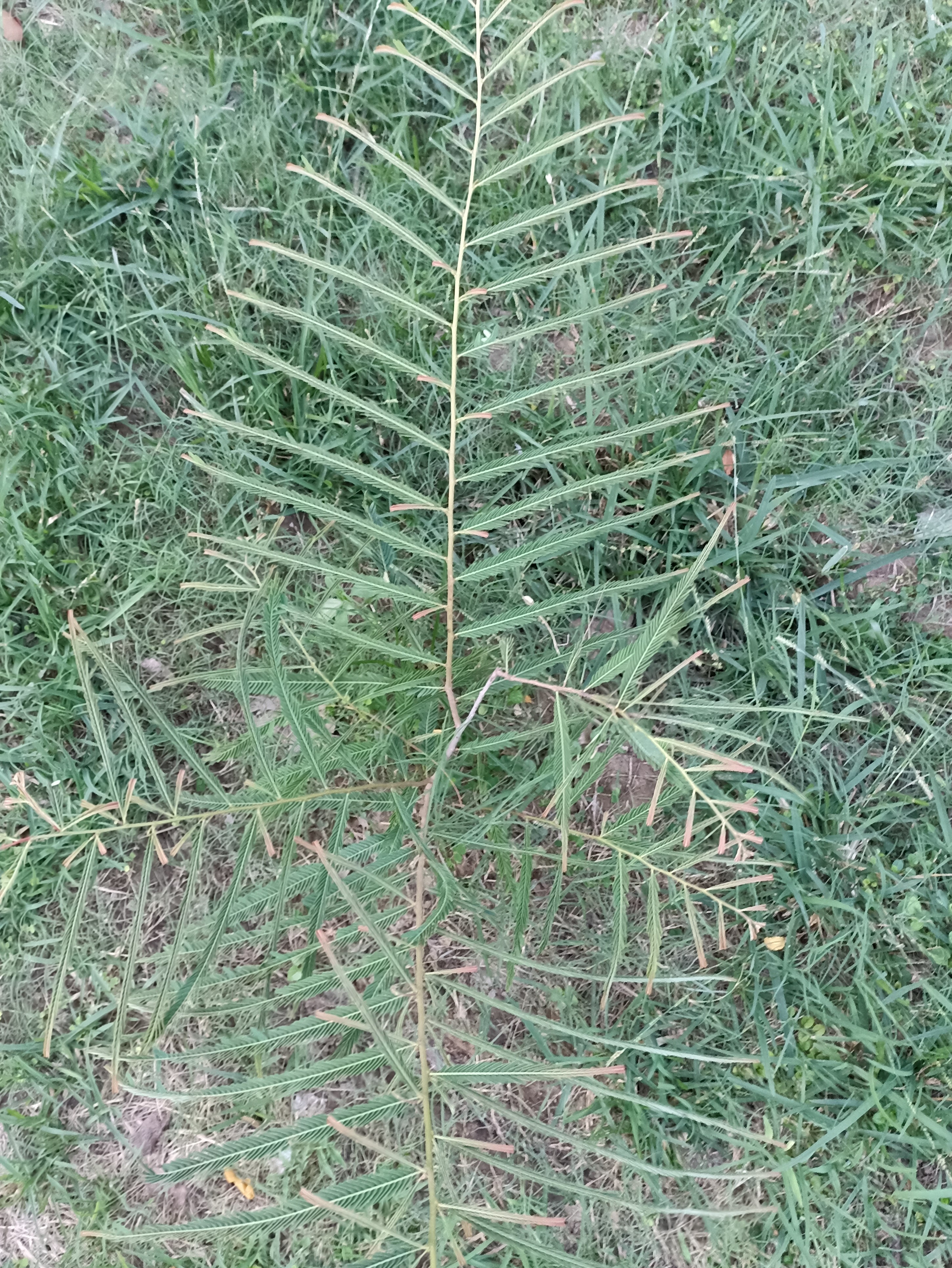Capparis decidua
Species
Families
Local Names
Genus
Native/Introduced
DNA Barcode
Description
Capparis decidua, commonly known as karira, is a useful plant in its marginal habitat. It is a small much-branched tree or shrub. It bears a mass of slender, gray-green leafless branches, the small caducous leaves being found only on young shoots. It rarely exceeds a height of 5 metres (16 feet).
The new flush of leaves appears in November–January. Red conspicuous flowers appear in March to April and August–September and ripe by May and October. The pink fleshy berries are readily eaten by birds. It coppices well and produces root suckers freely. It is extremely drought-resistant and tolerates some frost. It can be found in arid regions in North Africa, the Middle East and South Asia, including the Thar desert. Khair city in Uttar Pradesh, India is famous for Kair trees.
Uses
Vegetable dish known as Kairan (or Doran) ji Bhaaji prepared in Tharparkar, Sindh
The fruit and young buds can be eaten raw.
Its spicy fruits are used for preparing vegetables, curry and fine pickles and can attract helpful insectivores; the plant also is used in folk medicine and herbalism. It can be used in landscape gardening, afforestation and reforestation in semidesert and desert areas; it provides assistance against soil erosion.
C. aphylla a perennial woody plant of family Capparidaceae, is chiefly found in subtropical and tropical regions (Dhakad et al., 2016). It is commonly known with hundreds of vernacular names; few common are Kari, Delha, Caper, Kair, Karyal, Hanbag, Karil, Kabra, etc. The importance of this plant in traditional medicines is evident in all systems of medicines (Ayurveda, Tibb-e-Unani, Greco-Arab, Chinese, etc.) (Chopra et al., 2006, Gupta, 2010). Traditionally the plant is implied for the treatment of many diseases such as rheumatism, asthma, cough, lumbago, toothache, pyorrhoea, dysentery, liver infections, diarrhoea, febrifuge, cardiac troubles, constipation, ulcer, piles, renal disorders, and skin diseases. The plant acts as carminative, aphrodisiac, analgesic, alexipharmic, emmenagogue and tonic, potherb, purgative, and appetite enhancer.
Apart from its pharmacological importance, C. aphylla is also valued as a rich source of basic mineral nutrients contributing towards nutraceutical value of the plant. A considerable content of calcium and potassium is present in the plant which is valued both for livestock feed and human food. Flowers and fruits of C. aphylla are a potential source of important electrolytic minerals. A considerable amount of essential minerals, particularly, Fe and Zn is also present in the plant which advocates its potential use to muddle through the mineral deficiency in human diet.
Herein, we compiled this review to cover phytochemistry, folk medicinal uses and pharmacological attributes of C. aphylla. The review will attract and help medicinal chemists, pharmacologists and phytochemists to know about bioactive potential and nutrapharmaceutical applications of this versatile plant.









































































































































